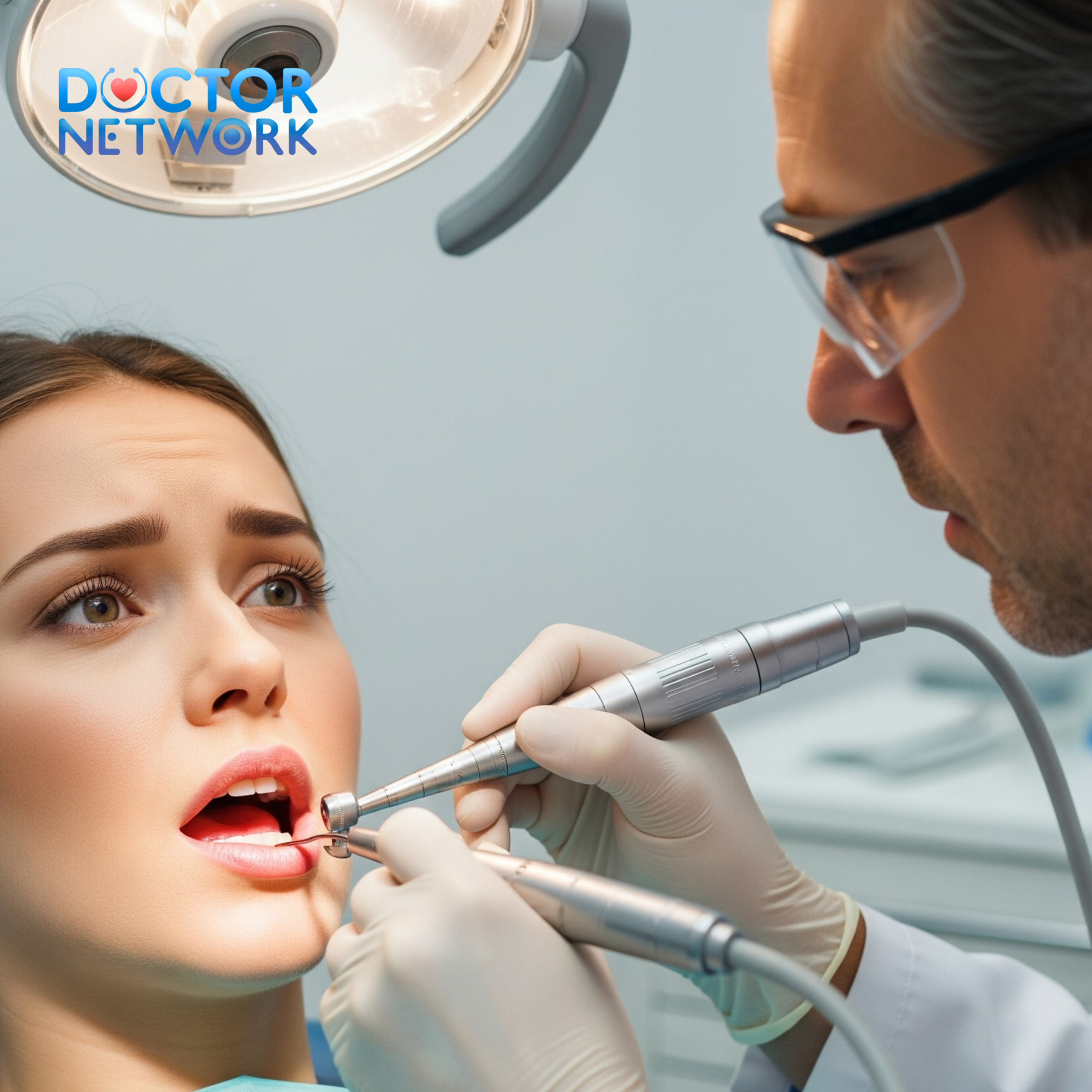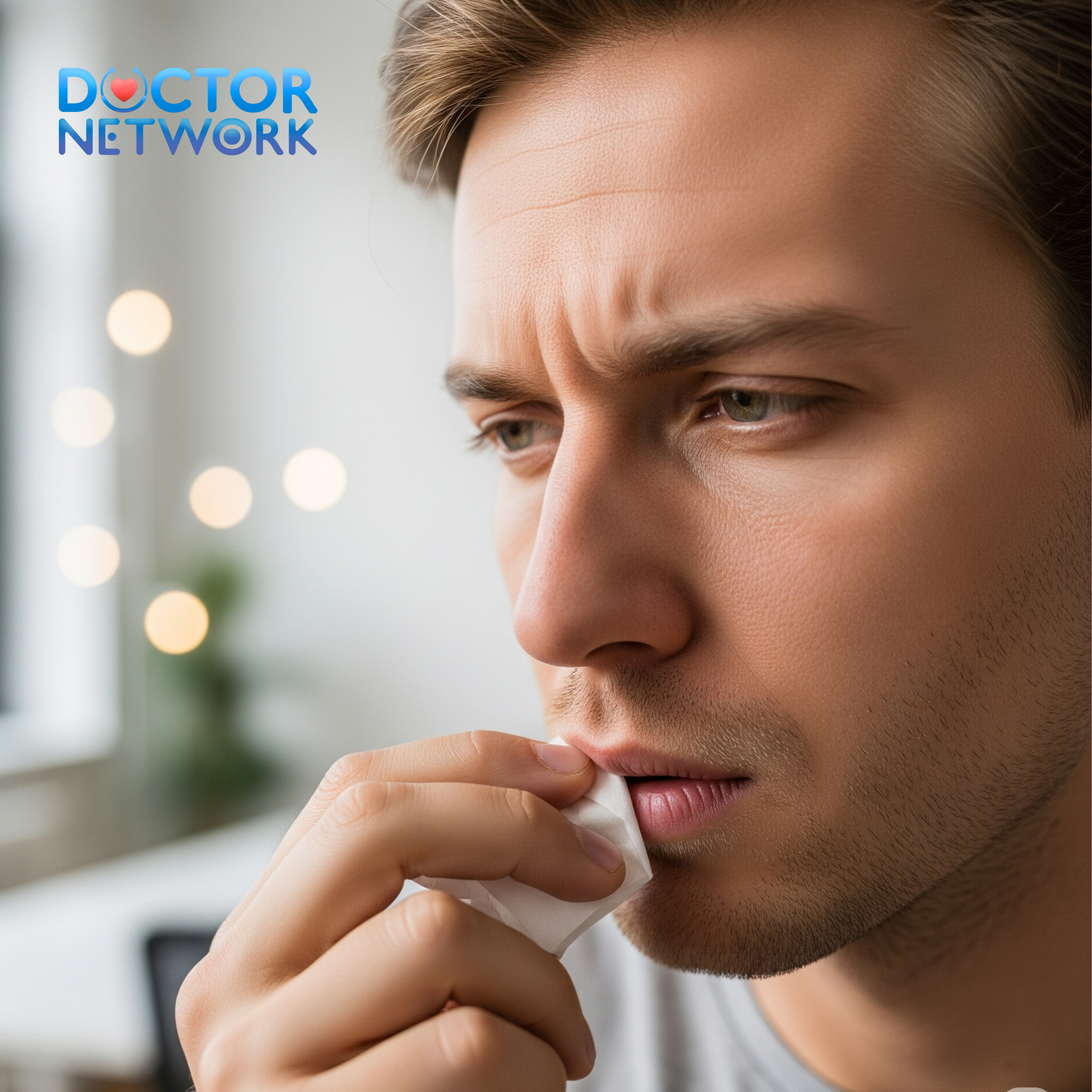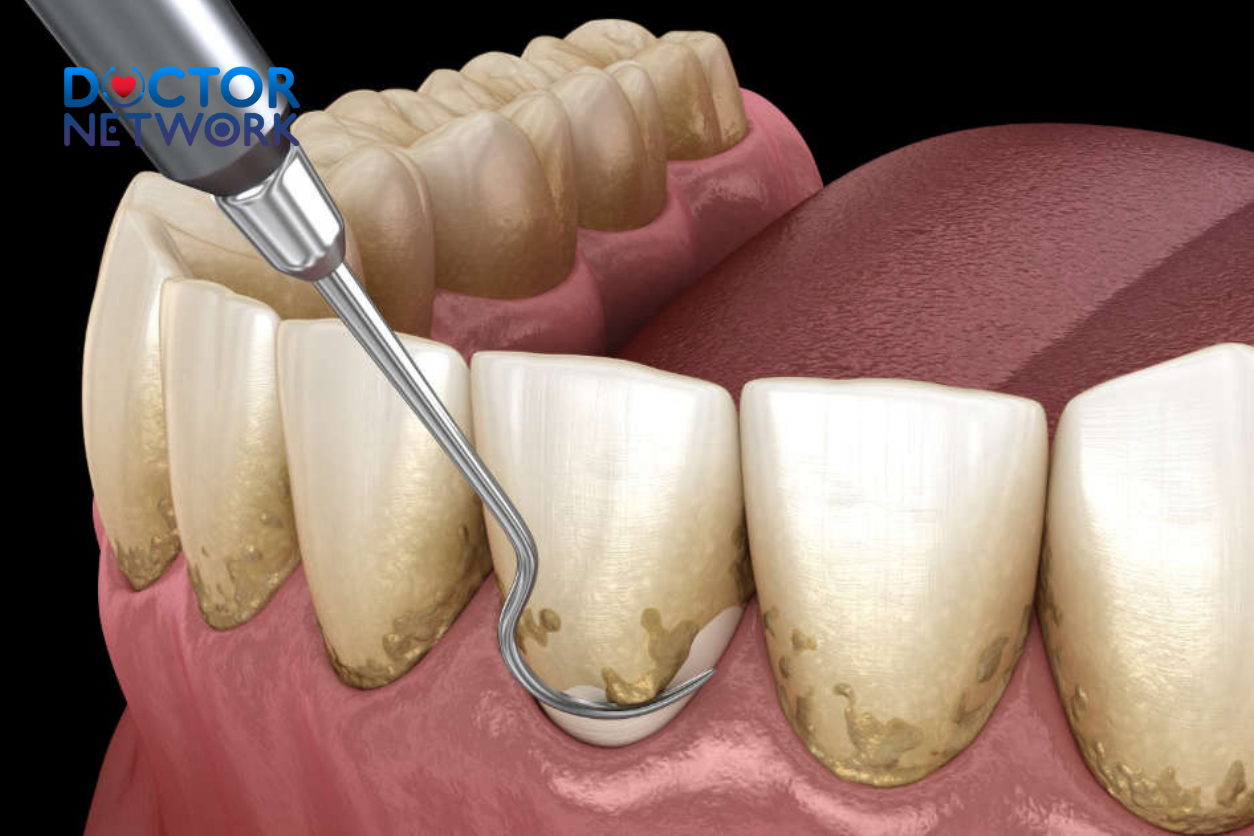“Can I brush teeth after wisdom teeth removal?” Yes, but timing matters. Get expert guidance on safe oral hygiene during recovery to avoid dry socket.
Can I Brush My Teeth After Wisdom Teeth Removal? Complete Recovery Guide

Brush My Teeth After Wisdom Teeth Removal
Yes, you can brush your teeth after wisdom teeth extraction, but timing and technique are absolutely critical for successful healing. Proper oral hygiene following third molar surgery prevents infection, reduces complications, and accelerates tissue regeneration, yet inappropriate brushing can dislodge protective blood clots and trigger painful dry socket syndrome.
This comprehensive guide explores the essential timeline for resuming dental care, specific brushing techniques that protect extraction sites, warning signs of complications, and gradual return to normal oral hygiene routines. We’ll examine the crucial 24-hour post-operative window, gentle cleaning methods that preserve healing tissues, and professional recommendations from experienced oral surgeons and periodontists.
Understanding the Immediate Post-Operative Period (First 24 Hours)
The initial 24 hours after wisdom tooth extraction require complete protection of the newly formed blood clot at each surgical site. This coagulated tissue serves as nature’s biological bandage, sealing exposed bone and nerve endings while providing the foundation for cellular regeneration and wound closure.
During this critical healing phase, the extraction socket remains extremely vulnerable to mechanical trauma. The blood clot formation process begins immediately after tooth removal, with platelets aggregating and fibrin networks establishing within minutes. However, this protective barrier remains fragile and easily disturbed by physical contact, suction forces, or aggressive cleaning motions.
What to Avoid During Initial Recovery
Forceful brushing represents the primary threat to successful post-extraction healing. Vigorous bristle contact can mechanically disrupt the delicate clot structure, exposing underlying alveolar bone and creating conditions for alveolar osteitis (dry socket).
Critical activities to eliminate include:
- Direct brushing on extraction sites: Any contact between toothbrush bristles and the surgical area
- Forceful spitting motions: Creating negative pressure that can dislodge protective clots
- Aggressive rinsing: Swishing liquids forcefully through the mouth
- Suction activities: Using straws, smoking, or creating vacuum pressure in the oral cavity
Initial Cleaning Recommendations
Gentle saline irrigation may be permitted after the first 12-24 hours, depending on your oral surgeon’s specific protocols. Most dental professionals recommend complete rest for extraction sites during the immediate post-operative window, allowing undisturbed clot maturation and initial epithelialization.
Some practitioners advise very gentle warm saltwater rinses beginning 24 hours post-surgery, while others prefer waiting 48-72 hours before introducing any cleaning solutions. Always follow your surgeon’s individualized instructions, as extraction complexity, patient risk factors, and healing responses vary significantly.
When and How to Begin Gentle Brushing
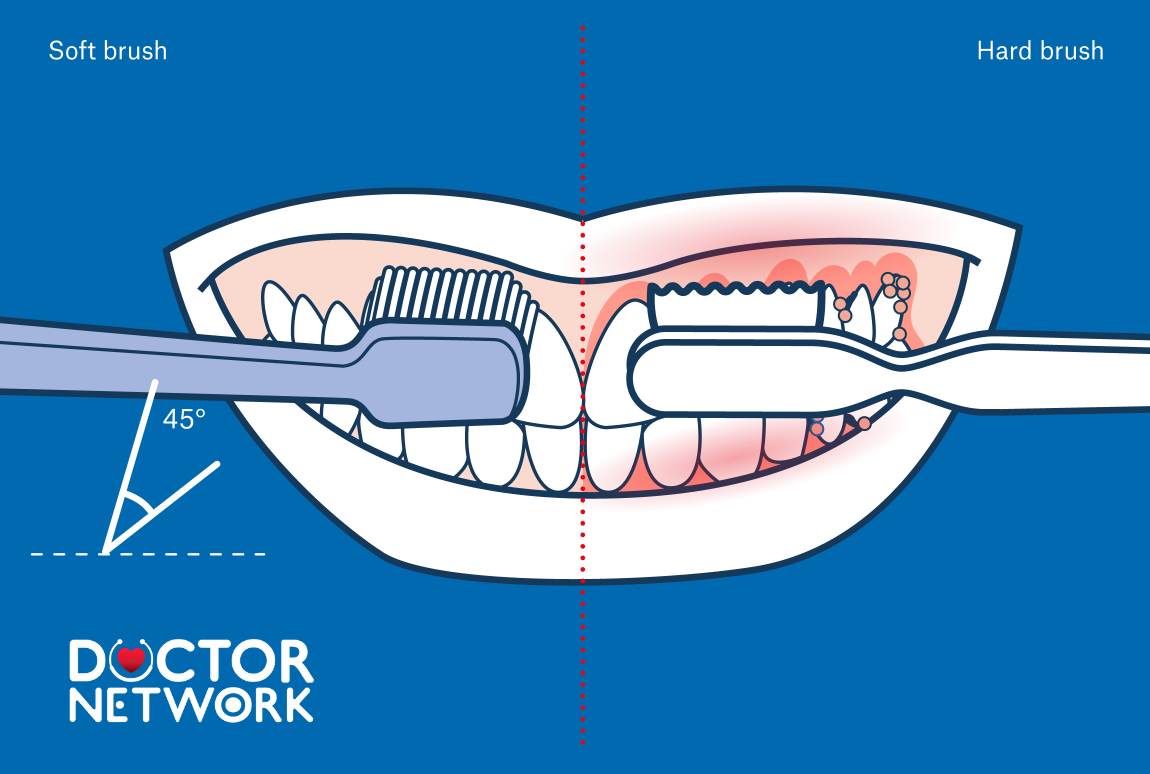
Brushing gently is better than brushing hard
Most oral surgeons recommend waiting 24-48 hours before attempting any brushing near wisdom tooth extraction sites. This timeframe allows initial clot stabilization and reduces the risk of mechanical disruption during the most vulnerable healing phase.
The timing for resuming dental hygiene depends on several factors:
| Extraction Complexity | Recommended Wait Time | Special Considerations |
|---|---|---|
| Simple erupted tooth | 24 hours | Standard soft-tissue healing |
| Impacted tooth (bone removal) | 48-72 hours | Extended tissue trauma |
| Multiple extractions | 48-72 hours | Increased surgical stress |
| Complicated extraction | 72+ hours | Surgeon-specific guidance |
Recommended Brushing Technique
Use an ultra-soft bristled toothbrush and approach extraction areas with extreme caution during the first week of recovery. Traditional medium or firm bristles can cause tissue trauma and bleeding, while soft bristles provide adequate plaque removal without excessive mechanical pressure.
Proper technique near extraction sites involves:
- Brush remaining teeth normally: Maintain standard oral hygiene for unaffected areas
- Approach extraction zones indirectly: Clean adjacent teeth without direct contact to surgical sites
- Use gentle circular motions: Avoid aggressive scrubbing or back-and-forth movements
- Hover bristles near the area: Position the brush close to but not touching the extraction socket
- Apply minimal pressure: Allow bristle tips to barely contact tooth surfaces
Toothpaste Selection and Application
Standard fluoride toothpaste can typically be used throughout recovery, but application method requires modification. Avoid mentholated or whitening formulations that may cause tissue irritation, and focus on gentle, non-abrasive cleaning products.
Apply toothpaste sparingly and ensure thorough but gentle rinsing afterward. Some patients prefer children’s mild formulations during the initial healing period to minimize potential chemical irritation.
Navigating the Extraction Site(s) During Brushing
The primary objective when cleaning near extraction sites is maintaining oral hygiene while completely avoiding disruption of healing tissues. Visual inspection and careful positioning become essential skills for safe post-extraction dental care.
Prioritizing Safety Over Thorough Cleaning
Accept that extraction areas will receive reduced cleaning attention during the initial healing phase. This temporary compromise prevents serious complications like dry socket, infection, or delayed healing that would ultimately require more extensive treatment.
The extraction socket will naturally collect food debris and bacteria during early recovery. However, the body’s immune response and natural tissue repair mechanisms can handle temporary bacterial exposure better than mechanical trauma to healing tissues.
Technique Near Extraction Sites
Employ a “hovering” approach where toothbrush bristles remain 2-3 millimeters away from visible extraction sockets. This technique allows cleaning of adjacent tooth surfaces while avoiding direct contact with sensitive healing tissues.
Specific positioning strategies include:
- Light dabbing motions: Gentle vertical movements instead of horizontal scrubbing
- Bristle angle adjustment: Position brush at 45-degree angle pointing away from extraction sites
- Sectional cleaning: Divide the mouth into zones, spending extra time on safe areas
- Mirror assistance: Use a dental mirror or good lighting to visualize extraction sites clearly
Visual Inspection Guidelines
Carefully examine extraction sites before each brushing session to identify clot location, tissue appearance, and healing progress. Understanding your specific anatomy helps prevent accidental contact and allows monitoring for potential complications.
Look for:
- Dark red/brown clot material: Normal healing appearance
- White or yellowish tissue: Possible fibrin formation (normal) or infection signs
- Empty socket appearance: Potential dry socket requiring immediate professional attention
- Excessive swelling or redness: Possible inflammatory response
The Critical Role of the Blood Clot and Avoiding Dry Socket
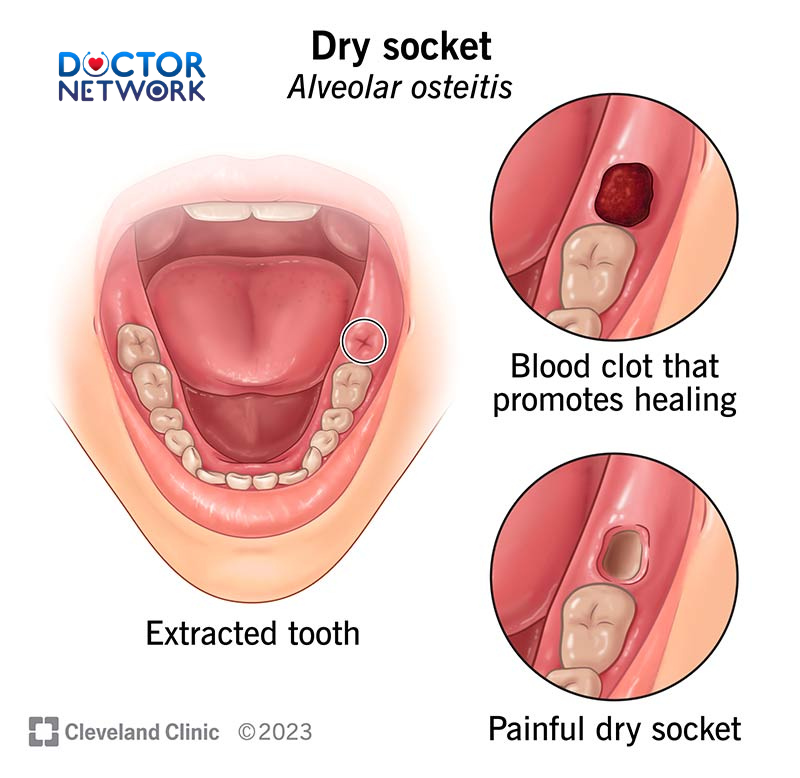
Avoiding Dry Socket Post Tooth Extraction
The post-extraction blood clot functions as a biological protective barrier, shielding exposed bone and nerve endings while serving as the scaffold for new tissue formation. This coagulated mass contains platelets, red blood cells, fibrin proteins, and growth factors essential for proper wound healing and bone regeneration.
Understanding Blood Clot Formation
Blood clot development begins within minutes of tooth extraction as the body’s natural hemostatic response activates. Platelets aggregate at the bleeding site, releasing chemical signals that trigger the coagulation cascade and fibrin network formation.
The mature clot typically appears as a dark red or brownish mass filling the extraction socket. Over 7-10 days, this structure gradually organizes and becomes replaced by granulation tissue, which eventually develops into mature connective tissue and bone.
Preventing Dry Socket (Alveolar Osteitis)
Dry socket occurs when the protective blood clot becomes dislodged or dissolves prematurely, exposing underlying bone and nerve tissues to oral bacteria and debris. This complication affects 2-5% of routine extractions but increases to 20-30% for impacted wisdom teeth removal.
Primary risk factors include:
- Mechanical disruption: Aggressive brushing, forceful spitting, or suction activities
- Tobacco use: Chemicals impair healing and create suction forces
- Hormonal fluctuations: Oral contraceptives may affect clot stability
- Poor oral hygiene: Existing bacterial load increases infection risk
- Age and gender: Higher incidence in women over 30 years old
How Brushing Can Cause Complications
Improper brushing technique can mechanically remove or fragment the protective blood clot through direct bristle contact or excessive rinsing pressure. Even gentle contact may be sufficient to disturb the delicate clot structure during the first 72 hours of healing.
The fibrin network within the clot remains relatively weak until collagen deposition strengthens the matrix around day 4-5 post-extraction. During this vulnerable period, minimal mechanical forces can cause clot disruption and subsequent dry socket development.
Rinsing After Brushing and Throughout Recovery
Gentle rinsing techniques are essential for removing toothpaste residue and maintaining oral cleanliness without creating suction forces that threaten clot stability. Traditional forceful spitting must be completely avoided during the initial healing period.
Gentle Rinsing Methodology
The safest rinsing technique involves tilting your head forward and allowing liquid solutions to dribble out naturally without active spitting motions. This passive drainage eliminates negative pressure while effectively clearing the mouth of debris and cleaning solutions.
Proper rinsing steps:
- Take a small amount of solution: Use only 1-2 tablespoons of rinsing liquid
- Gently move liquid: Allow solution to flow naturally around teeth without swishing
- Tilt head forward: Position over sink and let gravity assist drainage
- Open mouth slightly: Permit liquid to dribble out without muscular force
- Repeat if necessary: Multiple gentle rinses are safer than one forceful action
Recommended Rinsing Solutions
Warm saline solution remains the gold standard for post-extraction oral care due to its tissue-soothing properties and natural antimicrobial effects. The isotonic nature of salt water matches body fluid osmolarity, reducing tissue irritation while promoting healing.
| Solution Type | Preparation | Benefits | Usage Frequency |
|---|---|---|---|
| Warm Salt Water | 1/2 tsp salt + 8 oz warm water | Natural antimicrobial, tissue soothing | 3-4 times daily |
| Prescription Chlorhexidine | As directed by surgeon | Professional-grade antiseptic | 2 times daily (if prescribed) |
| Plain Warm Water | Comfortable temperature | Gentle debris removal | As needed |
Avoid commercial mouthwashes containing alcohol, peroxide, or strong antiseptics during initial healing. These chemical agents can cause tissue irritation, delay healing, and potentially dissolve protective clots.
Professional Rinse Prescriptions
Some oral surgeons prescribe chlorhexidine gluconate rinses for high-risk patients or complex extractions. This prescription antimicrobial provides superior bacterial control but requires careful application to avoid tissue staining and taste alteration.
Follow prescribed usage instructions precisely, as overuse can lead to oral flora disruption and secondary complications. Most chlorhexidine protocols involve twice-daily gentle rinsing for 7-14 days post-extraction.
Recognizing Potential Problems
Early identification of post-extraction complications allows prompt intervention and prevents serious secondary problems. Understanding normal healing progression versus concerning symptoms enables appropriate self-care decisions and timely professional consultation.
Signs That Brushing May Be Causing Issues
Increased pain, fresh bleeding, or worsening swelling following brushing sessions indicates potential tissue trauma or clot disruption. Normal post-extraction discomfort should gradually decrease over the first week, not intensify with gentle oral hygiene activities.
Warning signs include:
- Fresh bright red bleeding: Indicates active tissue trauma or clot disturbance
- Sudden severe pain increase: May signal dry socket development or nerve irritation
- Worsening swelling: Suggests inflammatory response or possible infection
- Bad taste or odor: Could indicate bacterial overgrowth or tissue breakdown
- Visible clot fragments: Direct evidence of mechanical disruption
Infection Recognition
Post-extraction infections typically develop 3-7 days after surgery and present with characteristic inflammatory signs. While some degree of discomfort and swelling is normal, progressive worsening symptoms require immediate professional evaluation.
Classic infection symptoms:
- Persistent or increasing pain: Pain that worsens after initial improvement
- Facial swelling progression: Expanding beyond the immediate extraction area
- Fever development: Body temperature above 101°F (38.3°C)
- Purulent discharge: Pus or thick yellowish drainage from extraction sites
- Lymph node swelling: Enlarged, tender nodes in neck or jaw area
- Difficulty swallowing: May indicate deeper space infection spread
When to Contact Your Dental Professional
Immediate professional consultation is required for severe pain, signs of infection, suspected dry socket, or any concerning symptoms that worsen rather than improve. Most oral surgeons provide 24-hour emergency contact information for post-operative complications.
Emergency contact situations:
- Dry socket symptoms: Severe throbbing pain beginning 2-4 days post-extraction
- Excessive bleeding: Continuous active bleeding beyond 24 hours
- Signs of infection: Fever, pus, progressive swelling, or red streaking
- Difficulty opening mouth: Severe trismus or inability to eat/drink
- Numbness persistence: Prolonged nerve sensation changes beyond expected timeframe
Gradual Return to Normal Oral Hygiene
Most patients can gradually resume normal brushing techniques 7-14 days after wisdom tooth extraction, depending on healing progress and surgical complexity. The transition should be gradual, with careful monitoring for any adverse tissue response.
Duration of Modified Routine
Modified gentle brushing protocols typically continue for one to two weeks following simple extractions, while complex impacted tooth surgery may require extended precautions. Individual healing rates vary significantly based on age, health status, smoking history, and adherence to post-operative instructions.
Healing timeline expectations:
- Days 1-3: Minimal brushing, focus on unaffected areas
- Days 4-7: Gentle cleaning near extraction sites with soft bristles
- Days 8-14: Gradual return to normal pressure and technique
- Days 15+: Full normal oral hygiene routine typically acceptable
Monitoring Healing Progress
Successful healing progression includes decreasing pain, reducing swelling, tissue color normalization, and gradual socket filling with new tissue. Regular self-assessment helps determine appropriate timing for increased oral hygiene intensity.
Positive healing indicators:
- Pain reduction: Steady decrease in discomfort levels
- Tissue appearance: Pink, healthy-looking gum tissue development
- Socket changes: Gradual filling with whitish granulation tissue
- Functional improvement: Easier chewing and mouth opening
- Absence of complications: No signs of infection or dry socket
Warning signs requiring continued caution:
- Persistent severe pain: May indicate delayed healing or complications
- Tissue discoloration: Unusual white, black, or green tissue appearance
- Ongoing bleeding: Fresh bleeding with minimal provocation
- Socket appearance: Empty or dark appearance suggesting clot loss
Key Takeaways for Safe Recovery
Brushing your teeth after wisdom tooth extraction is not only possible but essential for optimal healing, provided you follow proper timing and technique guidelines. The key to successful post-extraction oral hygiene lies in understanding the delicate balance between maintaining cleanliness and protecting vulnerable healing tissues.
Success depends on three critical factors: waiting at least 24-48 hours before brushing near extraction sites, using ultra-gentle techniques that avoid direct contact with healing tissues, and recognizing early warning signs of complications that require professional intervention.
Patient compliance with modified oral hygiene protocols significantly impacts healing outcomes and complication rates. Those who follow gentle brushing guidelines, avoid harmful activities like smoking or forceful spitting, and maintain regular professional follow-up experience faster recovery times and fewer post-operative problems.
Remember that your oral surgeon’s specific instructions always take precedence over general guidelines, as individual cases may require modified protocols based on extraction complexity, patient risk factors, and healing response. When in doubt, contact your dental professional for personalized guidance rather than risking complications through inappropriate self-care decisions.
The temporary inconvenience of modified oral hygiene routines pays dividends in faster healing, reduced pain, and successful long-term outcomes. Your patience and diligent attention to proper post-extraction care create the foundation for optimal recovery and return to normal function.
Frequently asked questions about brushing teeth after wisdom teeth removal, along with detailed answers
1. Can I brush my teeth right after wisdom teeth removal?
No, you should avoid brushing your teeth for the first 24 hours after wisdom teeth removal. This initial period is crucial for the formation of blood clots at the extraction sites, which are essential for proper healing. Brushing too soon can dislodge these clots and cause complications such as bleeding or dry socket.
2. When is it safe to start brushing my teeth after wisdom teeth extraction?
You can start brushing your teeth gently the day after the surgery (after 24 hours). However, you should avoid brushing directly on or near the extraction sites to prevent disturbing the healing wounds. Use a soft-bristled toothbrush and brush carefully with gentle circular motions.
3. How should I brush my teeth after wisdom teeth removal?
Use a soft-bristled toothbrush and brush your teeth gently with slow circular motions. Avoid the extraction sites initially. Instead of spitting out toothpaste forcefully, let it drool out or rinse your mouth gently with warm salt water or an antiseptic solution prescribed by your dentist. This helps maintain cleanliness without dislodging blood clots.
4. When can I resume normal brushing around the extraction sites?
About three days after the operation, you can gradually resume brushing closer to the extraction sites but still do so very gently. Continue using a soft-bristled toothbrush and avoid aggressive brushing until the wounds are fully healed. Rinsing with warm salt water or antiseptic solutions should continue as directed by your surgeon.
5. What if I experience pain, bleeding, or infection while brushing after wisdom teeth removal?
If you notice abnormal bleeding, persistent pain, signs of infection, or other complications despite following proper brushing techniques, contact your dental surgeon or oral surgeon immediately. They can diagnose the issue and provide appropriate treatment to avoid worsening conditions like dry socket or infection.
References
Source: American Dental Association (ADA)
Content: The ADA provides patient education materials that generally advise resuming gentle brushing the day after surgery, avoiding the extraction site initially, and using gentle rinses.
Evidence Type: Clinical guidelines and patient information.
Specific Publication Example (Patient Information): While specific authors aren’t usually listed for these public-facing documents, information can be found on their MouthHealthy.org website. For example, in post-operative care sections for extractions:
“Don’t rinse your mouth for the first 24 hours. After that, rinse gently with a warm salt water solution (1/2 teaspoon salt in 8 oz. of warm water) after meals and before bed. Do not spit for the first 24 hours. Brush and floss the other teeth as usual but avoid the teeth next to the extracted tooth.” (This is general extraction advice, wisdom teeth are a specific type).
Link (General Extraction Info): https://www.mouthhealthy.org/en/az-topics/e/extractions (Wisdom teeth removal will have similar, often more detailed, instructions from the oral surgeon).
Source: UK National Health Service (NHS)
Content: The NHS provides similar advice, emphasizing gentle cleaning and saltwater rinses after 24 hours.
Evidence Type: National health guidelines.
Specific Publication Example:
“For the first 24 hours, you should avoid rinsing your mouth. After this time, use an antiseptic mouthwash or a warm salt water mouthwash to help keep the area clean. Brush your teeth as usual, but keep your toothbrush away from the healing wound for the first few days.”
Link: https://www.nhs.uk/conditions/wisdom-tooth-removal/recovery/
Source: Textbooks like “Contemporary Oral and Maxillofacial Surgery” by Hupp, Ellis, and Tucker.
Content: These definitive textbooks have chapters dedicated to the management of impacted teeth and post-operative care. They emphasize the importance of oral hygiene in preventing infection and promoting healing, with specific timelines for resuming brushing and rinsing.
Author(s): Hupp, J. R., Ellis III, E., & Tucker, M. R. (Eds.).
Publication: For example, the 7th Edition (2019), Elsevier. (Specific page numbers would vary by edition and chapter).
Evidence Type: Expert consensus, established surgical protocols based on cumulative clinical experience and research. They will cite primary research studies within their chapters.
Source (Concept): Studies on Dry Socket Prevention
Content: Many studies on preventing alveolar osteitis (dry socket) discuss risk factors and preventative measures. While not directly about “brushing,” maintaining oral hygiene (including gentle brushing and antimicrobial rinses like chlorhexidine when prescribed) is a key component of minimizing bacterial contamination, which is a contributing factor to dry socket.
Example Study (Illustrative of the type of research):
Daly, B. J., Frame, J. W., & Rout, P. G. J. (1992). “The effect of 0.2 per cent chlorhexidine mouthwash on the incidence of dressing-related alveolar osteitis following the surgical removal of impacted mandibular third molars: a clinical trial.” British Dental Journal, 172(3), 104-106.
Note: This study is on chlorhexidine, but it operates within the context that some form of oral hygiene is necessary post-surgery. The debate is often which adjunctive measures (like CHX) are most effective in addition to basic mechanical cleaning.
Source (Concept): Studies on Post-Operative Infection Control
Content: Research into reducing post-operative infections after third molar surgery invariably touches upon oral hygiene practices.
Example Review Article (Illustrative):
Bouloux, G. F., Steed, M. B., & Perciaccante, V. J. (2007). “Complications of third molar surgery.” Oral and Maxillofacial Surgery Clinics of North America, 19(1), 117-128.
Note: Review articles like this summarize the body of evidence on complications and their management/prevention, which includes hygiene.
Kiểm Duyệt Nội Dung
More than 10 years of marketing communications experience in the medical and health field.
Successfully deployed marketing communication activities, content development and social networking channels for hospital partners, clinics, doctors and medical professionals across the country.
More than 6 years of experience in organizing and producing leading prestigious medical programs in Vietnam, in collaboration with Ho Chi Minh City Television (HTV). Typical programs include Nhật Ký Blouse Trắng, Bác Sĩ Nói Gì, Alo Bác Sĩ Nghe, Nhật Ký Hạnh Phúc, Vui Khỏe Cùng Con, Bác Sỹ Mẹ, v.v.
Comprehensive cooperation with hundreds of hospitals and clinics, thousands of doctors and medical experts to join hands in building a medical content and service platform on the Doctor Network application.














